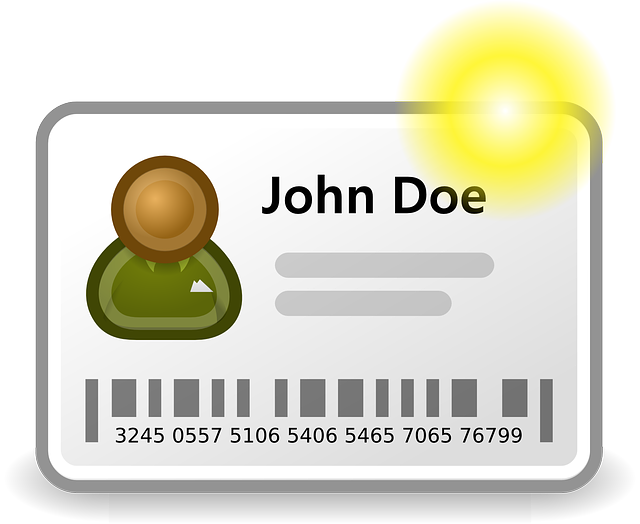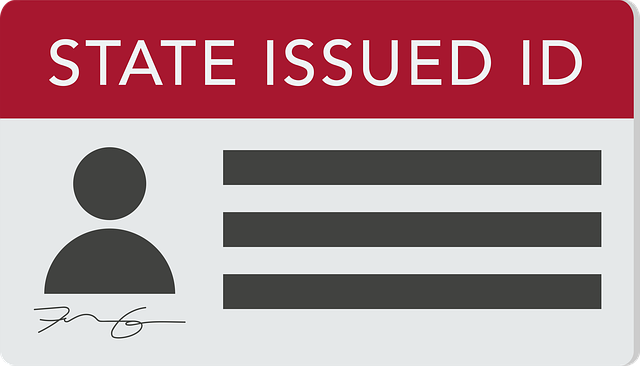The Vehicle Identification Number (VIN) is a 17-digit code unique to each car, offering insights into its history, including manufacturer, production date, owners, and repairs. Decoding this VIN through online tools provides crucial details like original ownership, service records, and if the vehicle has been branded as salvage, influencing decision-making and value assessment. A thorough VIN verification is essential before buying a used car to avoid costly mistakes, ensure transparency, and access detailed records of accident history, outstanding loans, and salvage titles using free online VIN check services.
When shopping for a used car, understanding your vehicle’s unique Identification Number (VIN) is more than just a technical detail—it’s a crucial step in ensuring you’re making an informed purchase. The VIN acts as a digital fingerprint, revealing vital information about the car’s past, from its original manufacturer to any history of damage or insurance claims. This article guides you through the process of decoding your car’s VIN and highlights the importance of conducting thorough checks before buying, utilizing modern tools like VIN parsing software for ease and accuracy in uncovering potential red flags, such as a hidden salvage title.
- Understanding VIN: Decoding Your Car's Identity
- The Importance of VIN Verification Before Purchase
- Locating Your Vehicle's VIN: A Step-by-Step Guide
- VIN Parsing Software: Unlocking Hidden Car History
- Preventing Mistakes: Why Online VIN Checks Matter
Understanding VIN: Decoding Your Car's Identity

Every vehicle has a unique identifier called a Vehicle Identification Number (VIN), serving as its fingerprint in the automotive world. This 17-character code, typically found on a metal plate attached to the vehicle’s chassis, is more than just a random string of numbers and letters. It acts as a comprehensive history book, detailing everything from the car’s manufacturer and production date to its previous owners and any accidents or repairs.
Decoding a VIN allows potential buyers to uncover crucial information that could affect their decision-making process. With simple online tools, users can easily input their vehicle’s VIN to access detailed reports, including the original owner, service history, and whether the car has ever been branded as salvage, which could significantly impact its value and insureability.
The Importance of VIN Verification Before Purchase

Before purchasing any used vehicle, performing a thorough VIN (Vehicle Identification Number) verification is an essential step to ensure you’re making an informed decision. The VIN acts as a unique identifier for your car, much like a fingerprint, providing critical information about its past and history. By checking the VIN, prospective buyers can uncover a wealth of details that might otherwise remain hidden.
This process reveals crucial data such as the original manufacturer (OEM), year of production, model, and even whether the vehicle has been involved in previous insurance claims or accidents. Knowing this history is vital to understanding potential long-term costs, repair needs, and the overall reliability of the car. A simple online VIN check can save buyers from making costly mistakes and ensure they’re getting a transparent and honest deal.
Locating Your Vehicle's VIN: A Step-by-Step Guide

Finding your car’s VIN isn’t always as straightforward as you might think. It’s often tucked away in places that aren’t immediately obvious, leading many buyers to scratch their heads when asked for this essential piece of information. Here’s a step-by-step guide to locating your vehicle identification number (VIN):
1. Check the Dashboard: The VIN is usually etched or stamped onto a metal plate affixed to the dashboard, often near the driver’s side window or steering wheel column. Look for a long string of characters that include letters and numbers.
2. Inspect Under the Hood: If you can’t find it on the dashboard, open your engine hood and search for a label or stamp with the VIN engraved or stamped onto it. It might be located on the firewall, engine block, or other metal components.
3. Examine Documentation: Your car’s registration papers, insurance documents, and owner’s manual should all display the VIN. If you have digital copies of these documents, check them for accuracy.
4. Use Online Tools: If you still can’t locate your VIN, many reputable online platforms offer free VIN checks. Simply input your vehicle’s make, model, and year, and the tool will retrieve valuable information about its history, including any accidents or outstanding loans.
VIN Parsing Software: Unlocking Hidden Car History

VIN parsing software is revolutionizing the way we uncover a vehicle’s hidden history. By quickly decoding the unique 17-digit Vehicle Identification Number (VIN), these tools provide access to a wealth of information, including original equipment manufacturer (OEM) specifications, service records, and even previous insurance claims. Gone are the days when searching for this data relied on manual checks and time-consuming paperwork. Now, with just a few clicks, potential car buyers can gain valuable insights that could make all the difference in their decision-making process.
This modern technology ensures that what you see on paper matches the actual vehicle, preventing instances where a car’s history has been altered or hidden. A simple online VIN check using such software can reveal whether a vehicle has ever been deemed salvage, accident-damaged, or had major repairs, all of which are critical factors in determining a used car’s true value and safety.
Preventing Mistakes: Why Online VIN Checks Matter

When purchasing a used vehicle, mistakes can be costly and even dangerous if left unchecked. One common oversight is failing to thoroughly inspect a car’s history, which often includes revealing information hidden within its Vehicle Identification Number (VIN). Online VIN checks are pivotal in preventing these errors as they provide instant access to detailed records. This simple step ensures buyers aren’t unwittingly purchasing a car with undisclosed issues like accident damage, outstanding loans, or even a salvage title.
By utilizing free online tools, prospective car owners can save time, money, and potentially avoid significant legal and safety pitfalls. A thorough VIN verification allows individuals to make informed decisions, ensuring the vehicle they’re considering aligns with their needs and expectations. This is particularly crucial in today’s market where private sales and online listings are prevalent, making it easier for unscrupulous sellers to conceal problematic vehicles.
When purchasing a used vehicle, a simple step like checking the VIN (Vehicle Identification Number) can save you from costly surprises. In 2024, with advancements in technology, conducting a thorough VIN verification has become more accessible than ever. Free online VIN checks and parsing software empower buyers to uncover a car’s history, including any salvage titles or insurance claims, ensuring a well-informed decision. By taking this crucial step, potential buyers can avoid regrettable purchases and navigate the market with increased confidence.



